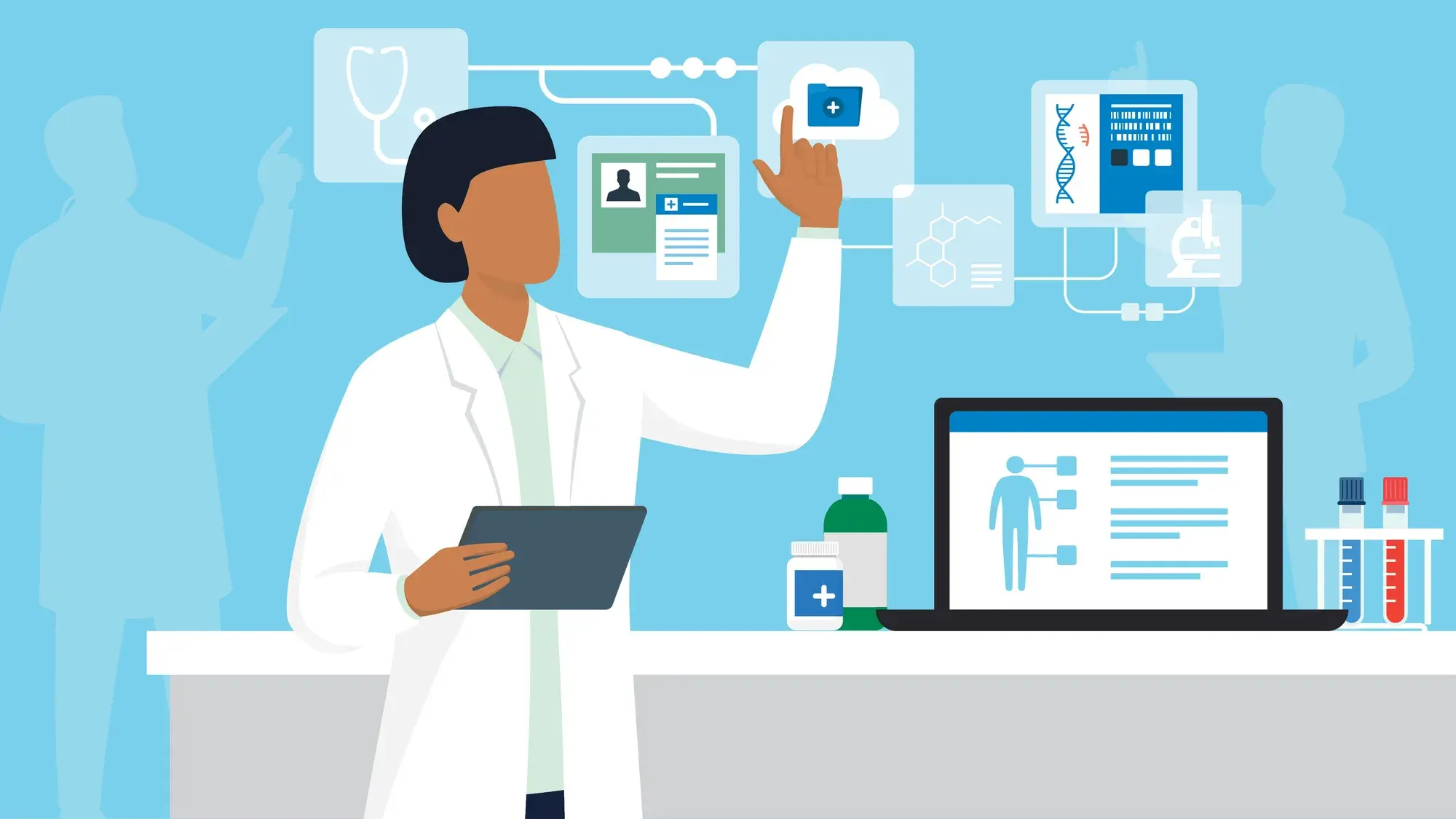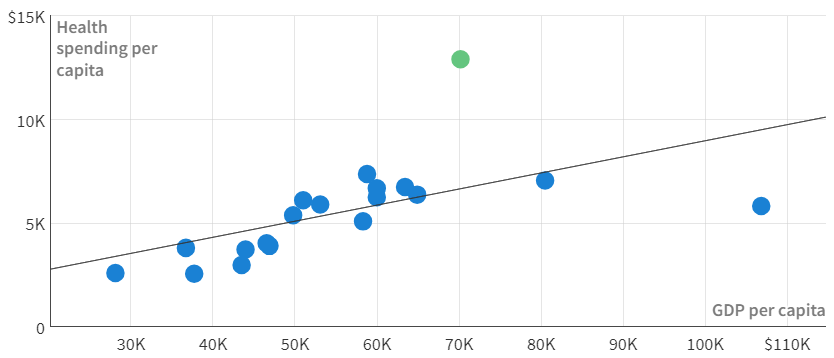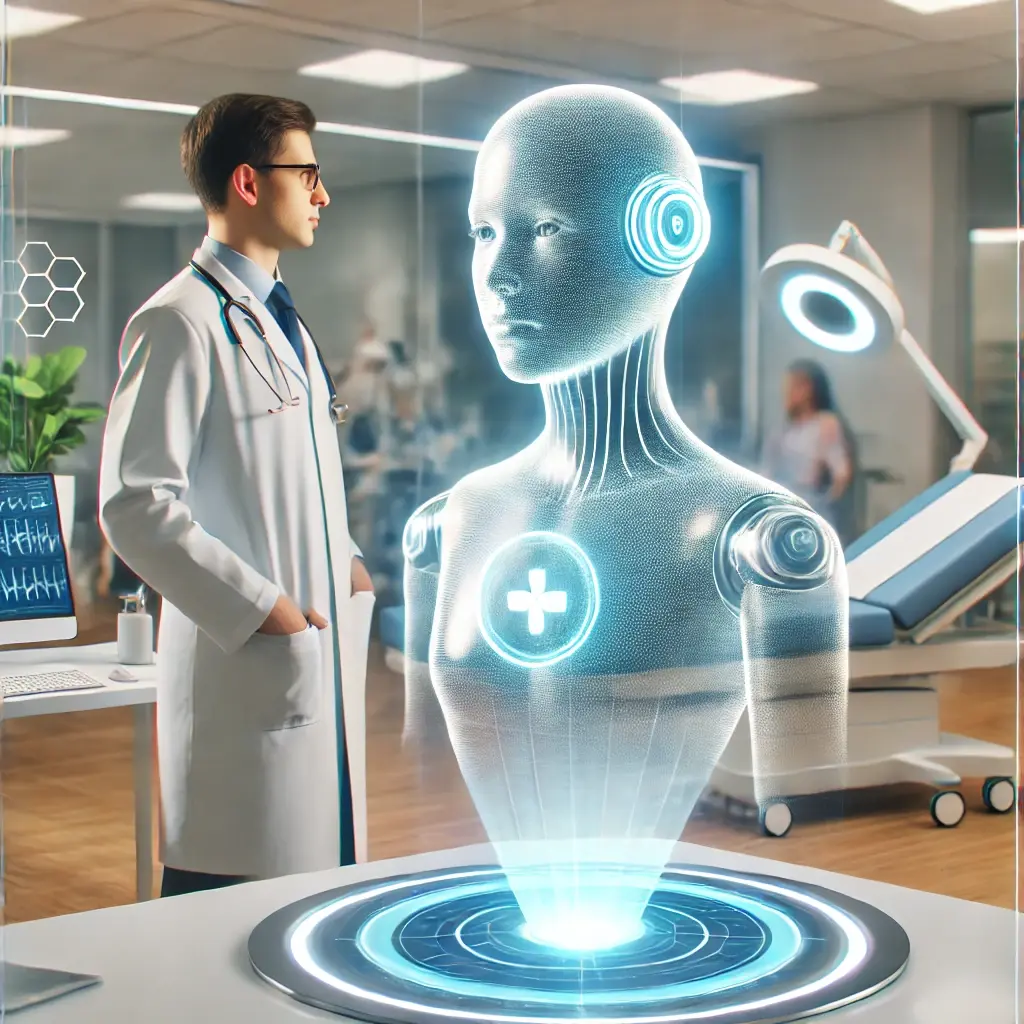Bridging the Gap: Revenue Cycle Automation to Ambient AI to Agents
As conference season unfolds, one topic is taking center stage—Ambient AI. But before diving into its potential, it’s crucial to understand how the early successes in Revenue Cycle management laid the groundwork for this evolution.
Revenue Cycle: The Launchpad for AI Innovation
Over the past five years, technologies like Big Data/analytics, robotic process automation (RPA), and AI/ML have reshaped the healthcare Revenue Cycle. This area was ideally suited for early adoption due to several key factors:
-
Structured, Sequential Processes:
Revenue Cycle workflows, such as claims processing and billing, follow a logical, stepwise sequence. This predictability made it easier to codify business rules and integrate automation. For example, hospitals that embraced these technologies have reported up to a 15% improvement in cash flow and a 20% reduction in claim denials.
-
Technically Proficient Teams:
The teams managing Revenue Cycle operations are adept at navigating complex electronic medical records (EMRs) and large datasets. Over 70% of these teams noted that their technical familiarity accelerated the adoption of AI-driven tools.
-
Lower Risk Environment:
Because Revenue Cycle decisions do not directly impact patient care, healthcare organizations were more willing to experiment with new technologies, leading to early wins that built confidence in automation.
The Transition: Laying the Groundwork for Ambient AI
The proven success in Revenue Cycle has set a strong foundation for the next wave of innovation—Ambient AI. This shift is not simply an upgrade; it represents a paradigm change in how healthcare captures and utilizes data.
-
From Predictable Workflows to Real-Time, Context-Rich Data:
While Revenue Cycle automation focuses on clear, sequential tasks, Ambient AI extends this success by capturing data in real time during patient interactions. This transition means that instead of automating only the “what” of a process, we’re now addressing the “how” and “why” behind every patient encounter. For instance, leading companies like Abridge, Ambience, and Microsoft Nuance are pioneering Ambient AI solutions that have been shown to reduce after-hours documentation by as much as 25%. Dr. Shoma Desai referred to this at ViVE 2025 as the reduction in "pajama time".
-
Enhancing Data Quality and Operational Insight:
The automation of Revenue Cycle processes demonstrated how valuable structured data can be for operational efficiency and bottom-line improvements. Ambient AI builds on this by ensuring that the data captured during clinical encounters is accurate and actionable. Recent reports indicate that hospitals using Ambient AI have achieved a 30% improvement in the accuracy of clinical documentation—directly impacting patient outcomes and billing efficiency.
-
Building on a Tested Framework:
The journey from Revenue Cycle to Ambient AI is marked by a strategic evolution. Revenue Cycle provided a “safe” environment for testing and refining automated solutions. With this successful model in place, Ambient AI is now stepping in to enrich every facet of healthcare operations by bridging the gap between data capture and decision-making.
Overcoming New Challenges Beyond Revenue Cycle
Transitioning beyond Ambient AI introduces new challenges that extend beyond the relatively controlled environment of Revenue Cycle:
-
Complex, Non-Linear Clinical Processes:
Unlike the linear steps in Revenue Cycle, areas such as labor management and clinical decision support involve multiple, interdependent decision points. However, by isolating subsets of these processes that follow a logical sequence, healthcare organizations can gradually integrate AI to capture and act on critical data.
-
Bridging Skill Gaps with Intuitive Solutions:
Clinical teams often lack the technical expertise found in Revenue Cycle departments. The solution lies in developing user-friendly AI tools that empower clinicians to harness advanced data insights without requiring extensive training. In one study, such intuitive platforms accelerated adoption rates by nearly 40%.
-
Safeguarding Patient Outcomes:
With higher stakes in patient care, integrating Ambient AI must always include a “Human in the Loop” to validate AI-generated insights. This approach ensures that while AI aggregates and processes data, human judgment remains central to patient care decisions. The closer the solutions get to patient care, they will need to be less "Human in the Loop" and more "AI in the Loop" - with the human really making the decisions and taking the actions.
Looking Ahead: The Promise of Intelligent Agents
The journey from Revenue Cycle to Ambient AI is a testament to the power of incremental innovation. By starting small, scaling carefully, and always keeping the human element at the core, healthcare is poised to harness the full potential of data-driven decision-making for better patient outcomes.
As Ambient AI becomes increasingly commoditized, the next evolution may be the development of intelligent agents—tools designed to function as collaborative partners in administrative and clinical operations, seamlessly integrating into existing workflows while preserving the essential human touch.



